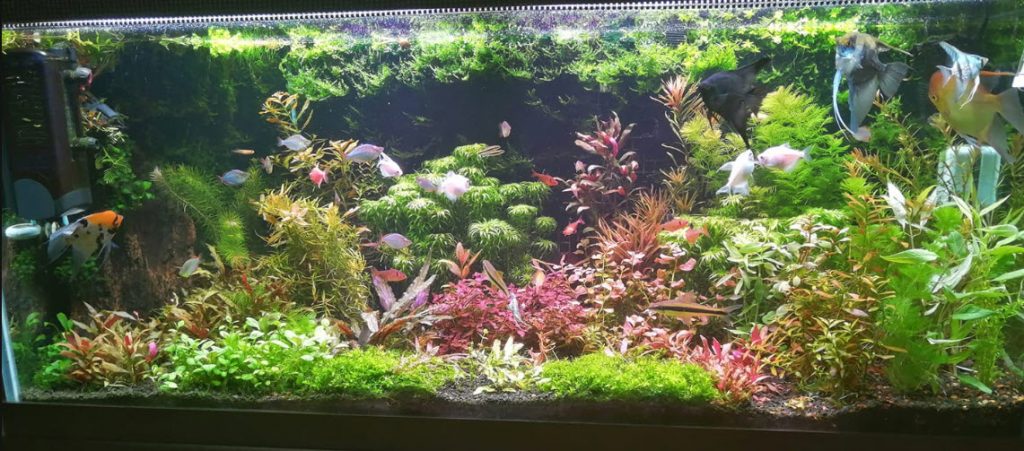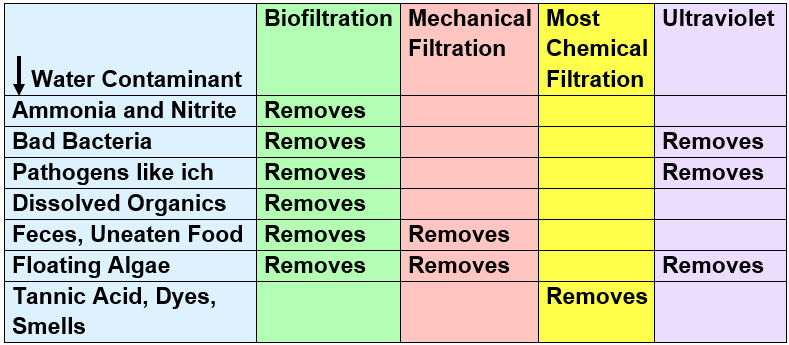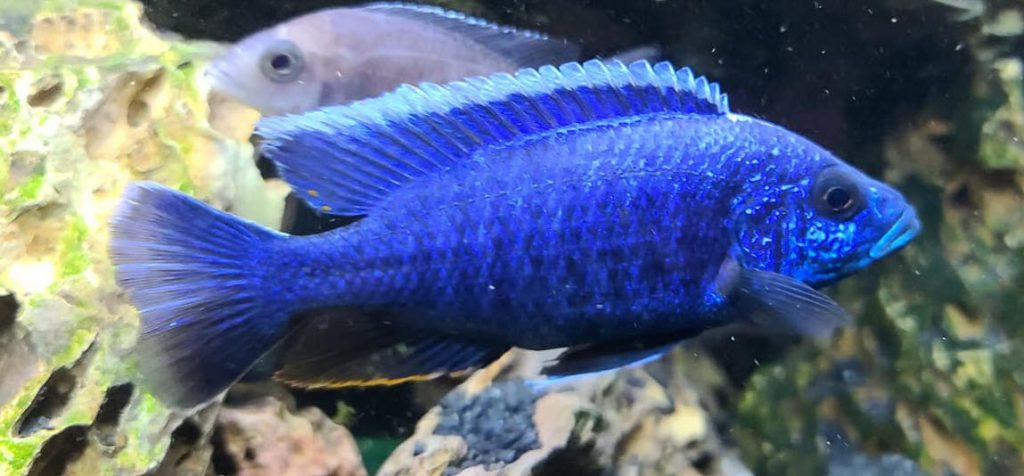
Mechanical filtration in an aquarium is the removal of particles the hobbyist can see. These particles include fish feces and uneaten food. This is what most beginners think is the most important type of filtration.
Mechanical filtration has some complicated effects. If one has poor biofiltration, mechanical filtration takes on some importance. But mechanical filtration (including surface vacuuming) takes a certain level of dedication to the hobby as it can require things like daily vacuuming and weekly changing out of media in a filter. It is much easier to just up the biofiltration to the point where mechanical filtration becomes unnecessary.
Filtration should be looked at from a chart.

Obviously biofiltration is easily 80% of the game here and mechanical filtration is relatively unimportant if and ONLY if there is good biofiltration.
Lets’ say you have an aquarium with a mechanical filtration system removing the feces once a week coupled with a decent biofiltration of say 100 square feet. You’re adding ten grams of food per week. This is all resulting in only two grams of dissolved organic compounds, steady state. Remove the mechanical filtration and the number jumps of four grams dissolved organics, steady state. Now double the biofiltration to 200 square feet and the number goes back down to two grams of dissolved organics, steady state. The amount of steady state dissolved organics determines the water clarity.
There are two types of mechanical filtration systems:
- “Cleaned Mechanical Filtration” – mechanical filtration cleaned frequently
- “Uncleaned Mechanical Filtration” – mechanical filtration never or rarely cleaned (this might more accurately be termed “no mechanical filtration”)
Both these mechanical filtration systems are perfectly acceptable and can work well.

ALL filter media (save fluidized K1 media) act as mechanical filters. They just act at different levels. Small particles of food and feces will be “stuck” to any filter media surface. The more surface area a filter media has the better it functions as a mechanical filter. While some bioballs or ceramic rings might only have 10% of the mechanical filtration of say a pinkie pad, a piece of 30 ppi foam might be 70% as effective as a pinkie pad. But the foam is most importantly a biological filter so the mechanical filtration by foam must be “uncleaned” mechanical filtration.
In particular, undergravel filters work very well as mechanical filters (preferably uncleaned mechanical filters). The slow flow through the gravel seems to allow small particles to readily stick to the gravel biofilm.
Fluidized bed K1 media do not trap particles of feces and uneaten food. Rather they simply reduce it in size to small particles the size of a grain of sand. These small particles can be quite distracting in an aquarium. Anytime a K1 fluidized bed is utilized I recommend the use of a mechanical filter. I use undergravel filters which I never clean for all my K1 fluidized bed sumps. Joey uses 100 micron socks which he cleans on a weekly basis.
There are some aquarium hobbyists who are interested in delving deep into the science and the calculations behind all aspects of the hobby. For those who are so inclined the following is pertinent:
6.1.1. Cleaned Mechanical Filtration
6.1.2. Uncleaned Mechanical Filtration
.
Return to Filtration Menu
.
Aquarium Science Website
The chapters shown below or on the right side in maroon lead to close to 400 articles on all aspects of keeping a freshwater aquarium. These articles have NO links to profit making sites and are thus unbiased in their recommendations, unlike all the for-profit sites you will find with Google. Bookmark and browse!
.

Fabio says
What are the origins of tannic acid, dyes and smells in an aquarium?
Dave says
In reply to Jon …. Interesting. the foam should be removing all the particulate but it isn’t… Go figure???
Jon says
Thanks for reply Dave. In regards to full biofilter I mean I’ve setup my canister filter with just foam and reduced maintenance to let the gunk thrive and do it’s work.
You’re right, they don’t require a lot of food.. However I’m trying to promote growth by feeding 4-6 small feedings per day.
Dave says
In reply to Jon What exactly do you mean by a “full biofilter method”? Filter? Media? also just cut WAY Back on your feeding. Goldfish do not require a lot of food.
Jon says
Thank you for this article! I have now switched to the full biofilter method and it’s been 2 months. Could I please have some advice..
I keep goldfish which I feed frequent and as you can imagine this makes a messy tank. However my water has been crystal clear, the problem is that I get a lot of particles in my water column. Why is this? And how can I tackle it?